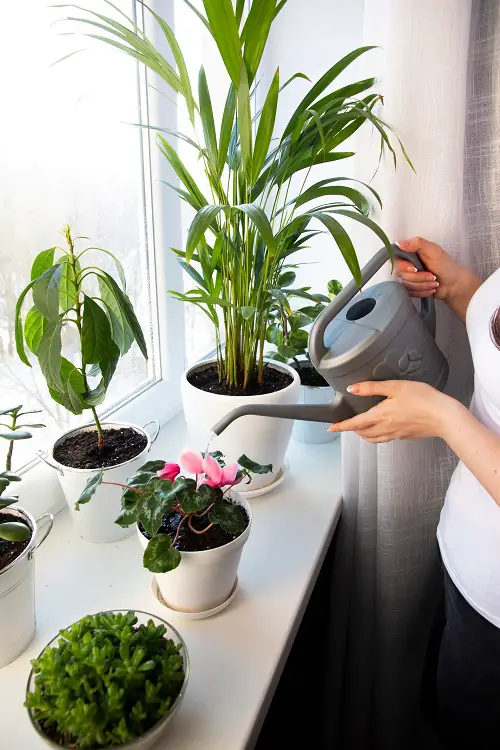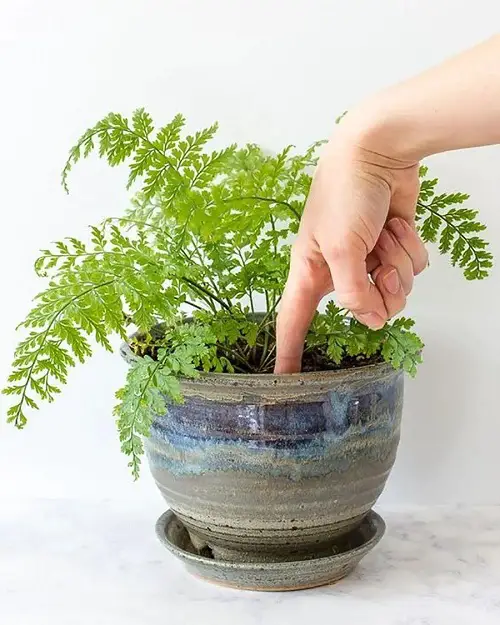Wondering How to Flush Plants Without Overwatering? Well, it’s easy as long as you follow these steps!
Flushing houseplants is important to get rid of minerals and salt deposit in the growing medium, which can prevent the roots from absorbing the nutrients in a right manner. Let’s have a look at how to do it in a right way!
Why Flush Houseplants?
Flushing is an important process to keep the growing medium free from salts and other minerals. It also removes any excess traces of fertilizer that might have taken place over time. This frees up the pores in the soil, making the roots breathe and absorb better, preventing dropping and other issues.
The process involves pouring large amount of water in the soil that helps to wash away all the accumulated residue.
How to Flush Plants Without Overwatering?
Before you plan to flush a plant, do make sure that you are using RO water, and not regular tap water for the job.
Start by pouring water into the pot, till it starts to drain from the drainage hole at the bottom. Once it stops draining, repeat the process 3-4 times.
In the last drain, keep a tray at the bottom of the drainage hole to see whether the water is clear or not—if it is, that’s an indication that you have successfully flushed the soil off excess minerals and deposits.
Taking Care of Plants After Flushing to Prevent the Chances of Excess Moisture
After you have flushed the plant, ensure you don’t water it with regular tap water. Allow it to sit overnight to let the minerals deposit. The best is to use RO water, to avoid any build up.
It will be a good idea to only water the plant when the topsoil feels a little dry to the touch. Avoid daily watering. To know the details on how to correctly watering your plants, check this article.





